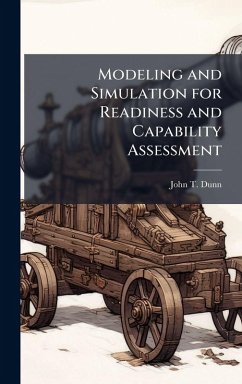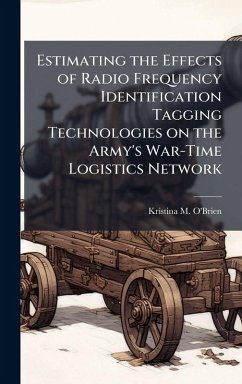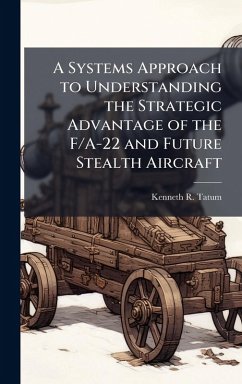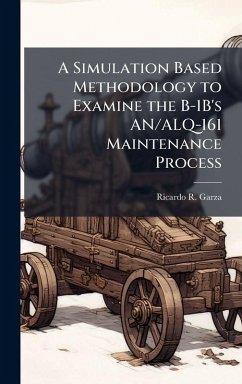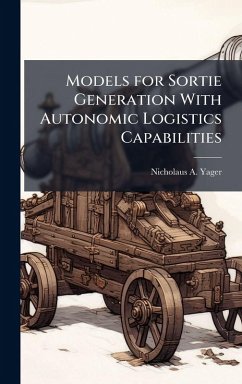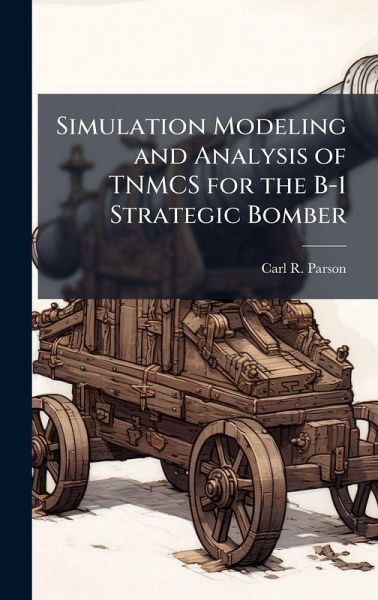
Simulation Modeling and Analysis of TNMCS for the B-1 Strategic Bomber
Versandkostenfrei!
Versandfertig in über 4 Wochen
28,99 €
inkl. MwSt.
Weitere Ausgaben:

PAYBACK Punkte
14 °P sammeln!
Simulation provides a method of modeling complex systems which would otherwise be impractical for quantitative experimentation. While other analytic techniques have been used to explore Total Non-Mission Capable [due to] Supply (TNMCS) rates, simulation offers a novel approach to discovering what aspects of the supply chain impact this metric. This research develops a discrete event simulation to investigate factors which affect TNMCS rates for the B-1B by modeling the core processes within the Air Force (AF) supply chain. A notional fleet of 16 aircraft at a single air base (Ellsworth AFB, SD...
Simulation provides a method of modeling complex systems which would otherwise be impractical for quantitative experimentation. While other analytic techniques have been used to explore Total Non-Mission Capable [due to] Supply (TNMCS) rates, simulation offers a novel approach to discovering what aspects of the supply chain impact this metric. This research develops a discrete event simulation to investigate factors which affect TNMCS rates for the B-1B by modeling the core processes within the Air Force (AF) supply chain. A notional fleet of 16 aircraft at a single air base (Ellsworth AFB, SD) is modeled based on historical supply and maintenance data. To identify and quantify the effects of various factors, an experimental design is used for analyzing the output of our high-level discrete event simulation. Additionally, two different approaches to reporting and modeling Air Logistics Center (ALC) stockage effectiveness (SE) are compared to our baseline simulation. This exploration shows several factors which significantly impact TNMCS rates and have the potential to reduce them to their current targets. This work has been selected by scholars as being culturally important, and is part of the knowledge base of civilization as we know it. This work was reproduced from the original artifact, and remains as true to the original work as possible. Therefore, you will see the original copyright references, library stamps (as most of these works have been housed in our most important libraries around the world), and other notations in the work. This work is in the public domain in the United States of America, and possibly other nations. Within the United States, you may freely copy and distribute this work, as no entity (individual or corporate) has a copyright on the body of the work. As a reproduction of a historical artifact, this work may contain missing or blurred pages, poor pictures, errant marks, etc. Scholars believe, and we concur, that this work is important enough to be preserved, reproduced, and made generally available to the public. We appreciate your support of the preservation process, and thank you for being an important part of keeping this knowledge alive and relevant.



